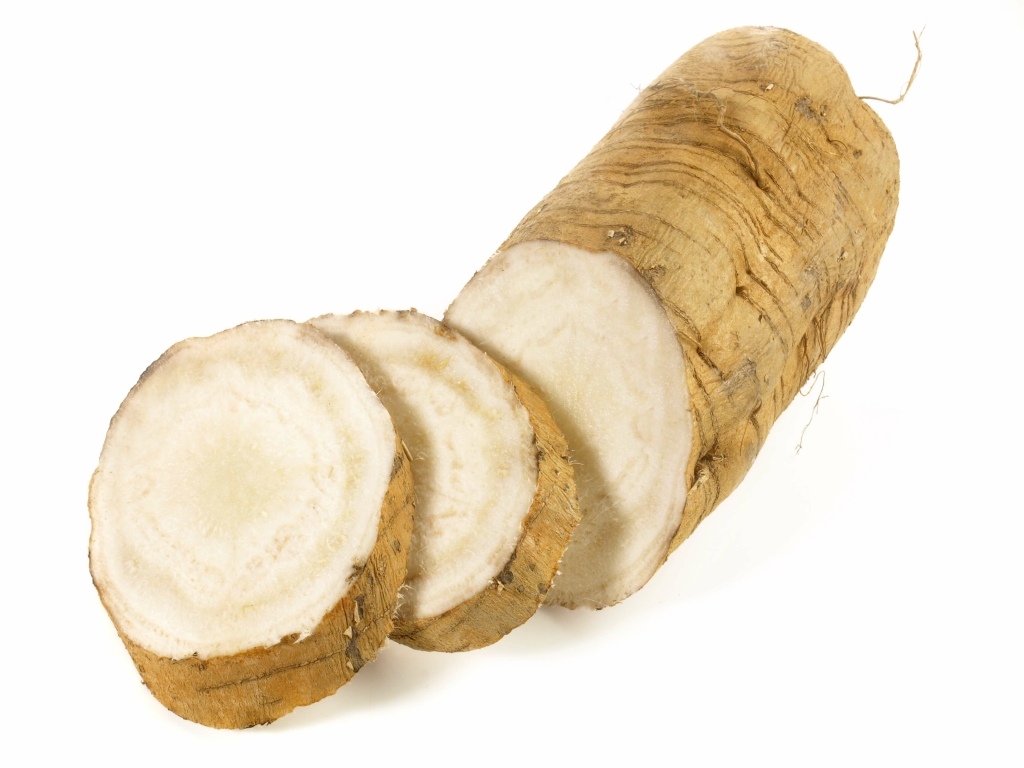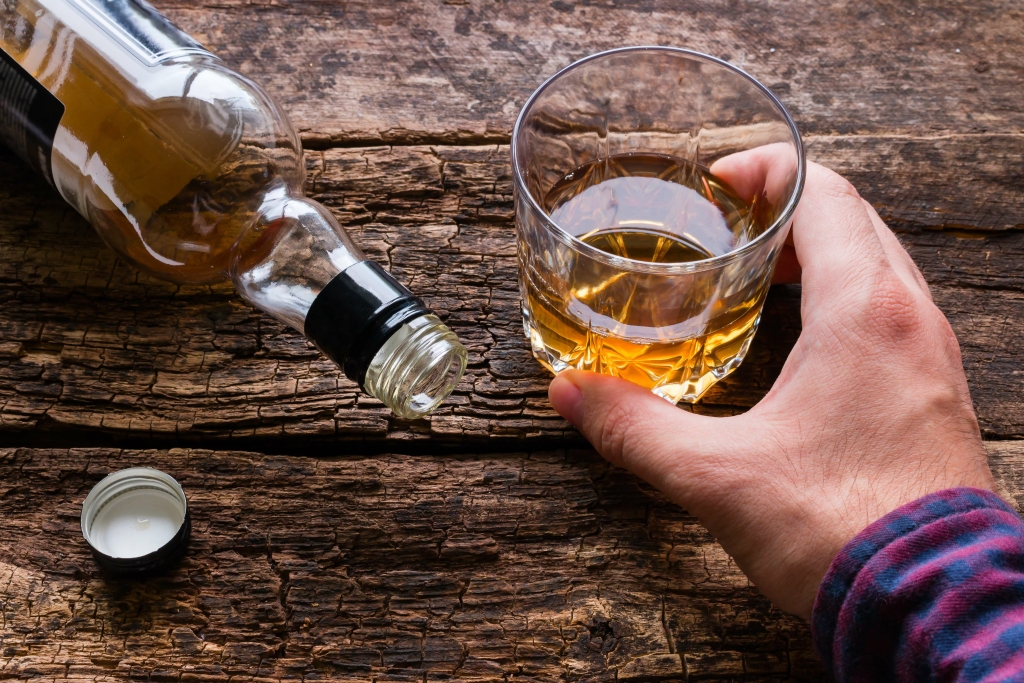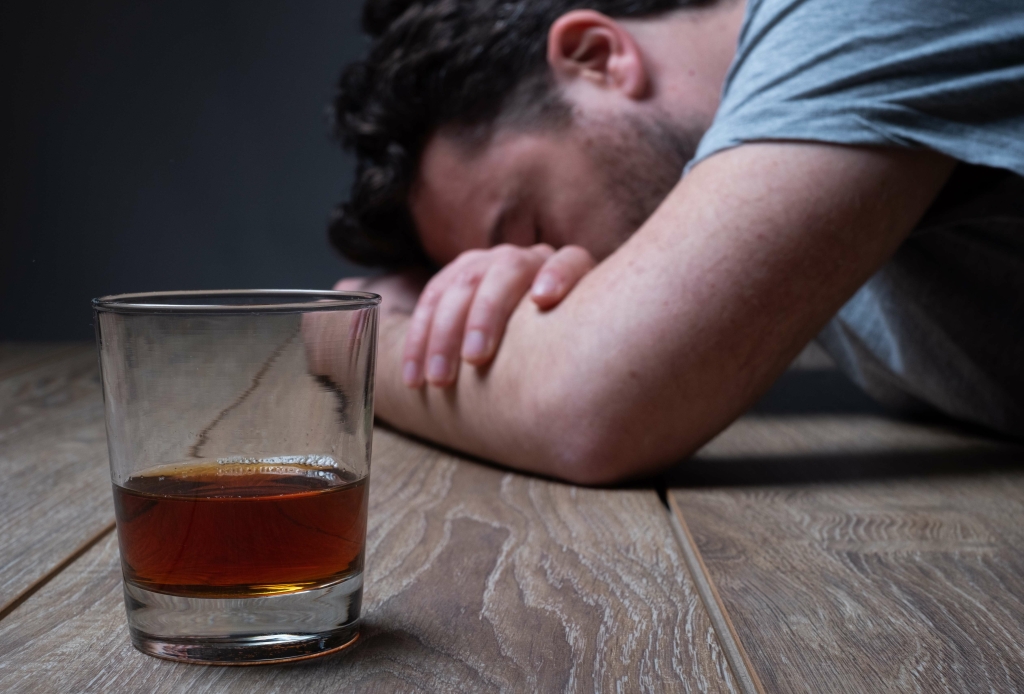The cumulative damage sustained to the liver and kidneys each time excessive amounts are consumed makes it increasingly difficult for the body to expel toxins efficiently. This vicious cycle can lead to faster progression through each drinking phase and a perilous proximity to stupor, coma, and even death, even with amounts of alcohol that were once manageable. The experience of what does drunk feel like is highly individual. Everyone is affected differently by alcohol, with some individuals experiencing the effects more rapidly or intensely than others.
Alcohol’s Long-Term Effects
- Instead, focusing on developing healthy coping mechanisms and finding alternative ways to boost mood and well-being is crucial for maintaining mental health and emotional balance.
- At Hope Harbor Wellness, we believe that understanding these dynamics is the first step toward making informed choices and, if needed, seeking support for alcohol use.
- Critically, the release of these endorphins and the interaction with GABA are concentrated within the brain’s reward center—the mesolimbic dopamine system.
- At a BAC level of 0.45% or greater, severe and irreversible damage is sustained to the internal organ systems.
- I’m not calling for any legal constraints on alcohol beyond current statutes.
As you drink, alcohol goes into your bloodstream and affects your brain and body functions. When you drink a lot, your body and brain functions slow down considerably. Despite the amount of research and funds that go into preventing and treating alcohol addiction, researchers are just beginning to understand what alcohol does to the brain on a molecular level. A new study makes big strides in explaining exactly why alcohol makes people feel so good. The study’s finding, that it triggers the release of endorphins, is simple and logical — but it has not been shown in humans until now.

The Stages of Drinking: A Journey Through Intoxication

Let’s take a closer look at some of the factors that can impact first-time drinking. If you are feeling anxious, low or experiencing any other symptoms of mental health problems, or you think that you are drinking too much, you deserve support. You can speak to your GP, and get advice and help at You can also find further information and advice on our website. The stages of being drunk range from sobriety to potential death, with each stage characterized by specific emotional and physical symptoms.
What are the main physical signs that someone is drunk?
- The short-term behavioral effects of alcohol share the same traits as the short-term effects of other drugs.
- But food coma is ten times as worse than usual because you are wasted.
- Alcohol helps us attain a necessary goal in life, both for the individual and for the community.
- They may feel slightly more relaxed but are still in control of their actions.
- So while it’s possible to stop drinking suddenly, it’s important to be aware of the risks involved before making this decision.
You hit the dance floor and sing/scream about 90% of the lyrics, sippin’ on your drink whenever your brain comes up short. I’ve never had a ton of alcohol (1-2 wine coolers in one sitting) and don’t get the appeal. The fruity alcoholic drinks taste good, but I don’t get anything out of it.
The only thing I notice that’s different is my speech sounds slightly more awkward. This alcohol evaporates from your blood through your lungs and moves into your breath. It typically reaches your brain within 5 minutes, and you can begin feeling the effects within 10 minutes.
Alcohol Tolerance
This is because alcohol dilates blood vessels, which causes blood to flow closer to the skin’s surface. The stages range from sobriety to potential death, with each stage characterized by specific emotional and physical symptoms. Reaching the stupor or coma stage indicates severe alcohol poisoning and is extremely dangerous. It can lead to seizures, respiratory depression, choking, permanent brain damage, and death if not treated immediately by medical professionals.
But why do our bodies and brains react in the way they do when alcohol enters our systems? As a general rule of thumb, stick to or stay below moderate drinking guidelines. To understand how to calculate your BAC and the factors influencing it, refer to the Blood Alcohol Content (BAC) Calculator. You wake up in the morning with a pounding headache, sick to your stomach, with some unidentifiable sauce does being drunk feel good all over your face.

- Blood alcohol content (BAC) is the unit used to measure the amount of alcohol in a person’s bloodstream.
- As we navigate the complex landscape of emotions and brain chemistry, it’s important to remember that true happiness often comes from within and is nurtured by positive life choices.
- After a drink or two, people tend to feel happier in the moment, conversation flows more readily, and connecting with others comes more easily.
- We recently launched our in-app chatbot, Melody, powered by the world’s most powerful AI technology.
This reduced genital response happens because of restricted blood flow and brain function. I challenge you to avoid all alcohol this weekend and see how you feel. If you’re like many of my patients, you may be surprised to find you have more energy, an elevated mood, and feel better alcoholism treatment overall. There’s no question that alcohol is a large part of our society.
How do cultural attitudes towards drinking influence behavior?
Alcohol impairs the cerebellum, leading to delayed reaction times, https://tradingquant.com.br/the-secret-sex-life-of-narcissists/ poor coordination, and an unsteady gait. For more detailed information on how alcohol makes you drunk, check out this article. For more on how alcohol affects your senses, you can read this article. It helps to be familiar with the signs of being drunk so you know what to expect, when to stop it, and when to get help. A BAC of 0.08 is the legal limit of intoxication in the United States. A person can be arrested if they are found driving with a BAC above this limit.
